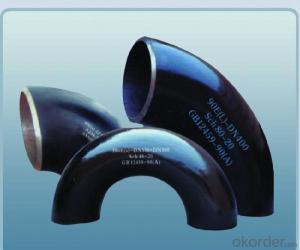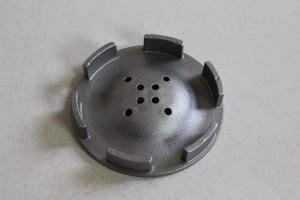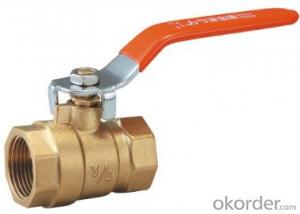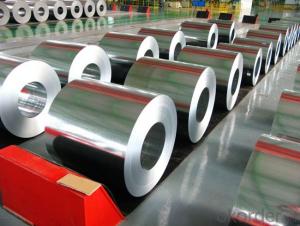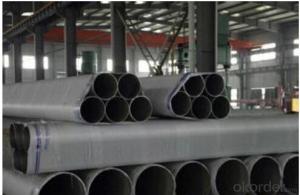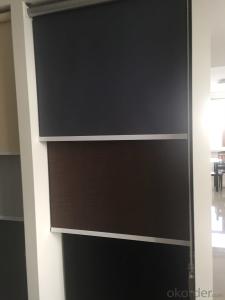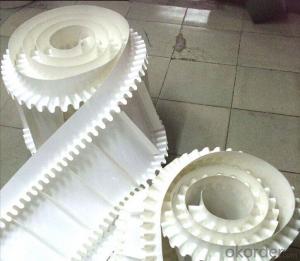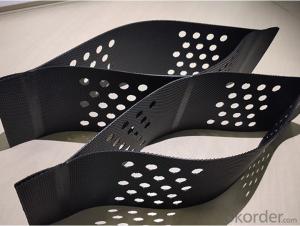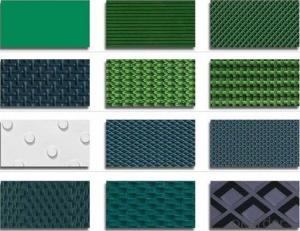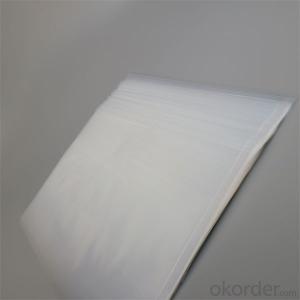Stainless Steel Planters
Stainless Steel Planters Related Searches
Best Paint For Stainless Steel Blanket Insulation For Steel Buildings Primer For Galvanized Steel Foam Filter For Stainless Steel H S Code For Stainless Steel Surface Grinding Wheels For Stainless Steel Surface Grinding Wheels For Hardened Steel Hole Saw For Stainless Steel Paint For Stainless Steel Stainless Steel For BbqHot Searches
Steel Mesh Panels For Sale Price For Stainless Steel Scrap Scrap Price For Stainless Steel Price For Stainless Steel Stainless Steel Tank For Sale Stainless Steel Sheets For Sale Cheap High Tea Sets For Sale Stainless Steel Tanks For Sale Stainless Steel For Sale High Density Fiberboard For Sale Solar Hot Water Collectors For Sale Scaffolding For Sale In Uae Scaffolding For Sale In Ireland Scaffolding For Sale In Houston Type Of Inverter For Solar Price Of Shipping Containers For Sale Types Of Inverter For Solar Stock Price For Aluminum Used Solar Inverter For Sale Steel Mesh Panels For SaleStainless Steel Planters Supplier & Manufacturer from China
Okorder.com is a professional Stainless Steel Planters supplier & manufacturer, offers integrated one-stop services including real-time quoting and online cargo tracking. We are funded by CNBM Group, a Fortune 500 enterprise and the largest Stainless Steel Planters firm in China.Hot Products
FAQ
- No, there is no specific color olive net that works best as the choice of color depends on various factors such as the environment, visibility requirements, and personal preferences.
- Scope and characteristics of plastics No. 7
- In order to facilitate the recycling of waste plastic products, the bottom of plastic products is marked with number 1-7, which is used to represent different plastics.
- Olive nets can significantly impact the overall appearance of an olive grove. When olive trees are covered with nets, they create a visually striking sight with the vibrant green foliage contrasting against the white or light-colored nets. The nets give the grove a neat and organized appearance, as they help protect the olives from falling on the ground and getting damaged. Additionally, the nets provide a sense of uniformity to the grove, enhancing its aesthetic appeal and contributing to a more picturesque landscape.
- Olive nets help in reducing the risk of soil erosion by acting as a protective barrier. These nets are placed on the ground to cover the soil, preventing it from being exposed to the erosive forces of wind and water. The nets effectively trap any loose soil particles, preventing them from being carried away by wind or water runoff. Additionally, the nets also help in retaining moisture in the soil, promoting better water infiltration and reducing the impact of heavy rainfall on the soil surface. Overall, olive nets play a crucial role in preventing soil erosion and preserving the integrity of the land.
- Yes, there are specific guidelines for removing olive nets without damaging the trees. Some recommended practices include: 1. Begin by removing any debris or branches that have accumulated on the net. 2. Slowly and carefully lift the net from the edges, ensuring that it doesn't catch on any branches or twigs. 3. Avoid pulling or tugging on the net aggressively, as this can cause damage to the olive tree. 4. If the net is tightly tangled around branches, carefully untangle it or cut it away using a pair of sharp scissors or pruning shears. 5. Take extra care while removing the net from around the trunk, as this is a sensitive area that can be easily damaged. 6. Once the net is completely removed, inspect the tree for any signs of damage or stress, and take appropriate measures if necessary, such as pruning or treating any wounds. By following these guidelines, olive nets can be safely removed without causing harm to the trees.
- Yes, olive nets can be used on trees with a thin trunk. Olive nets are designed to protect the olive fruit from birds and other animals. They are flexible and can be adjusted to fit trees of different sizes, including those with thin trunks.
- Olive nets help in reducing the risk of root diseases by providing a protective barrier around the tree roots. These nets prevent soil erosion and reduce the likelihood of pathogens infecting the roots. Additionally, olive nets help maintain a stable soil temperature and moisture level, creating a favorable environment for root growth and minimizing stress on the tree.
- Olive nets themselves do not have the ability to attract tourists or visitors to an orchard. However, they can indirectly contribute to visitor attraction by enhancing the overall visual appeal and ambiance of the orchard. The presence of olive nets can create a picturesque and authentic atmosphere, especially during the olive harvesting season. This, combined with other factors such as guided tours, tastings, or educational activities, can help attract tourists or visitors to the orchard.


























